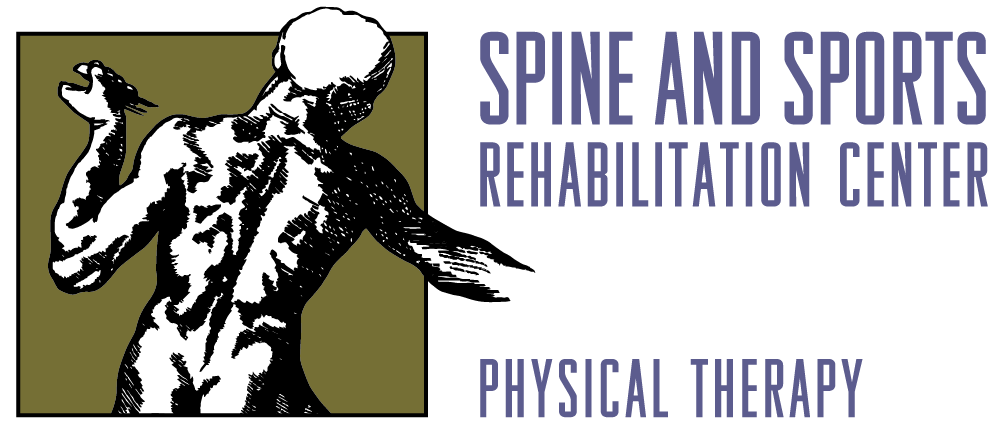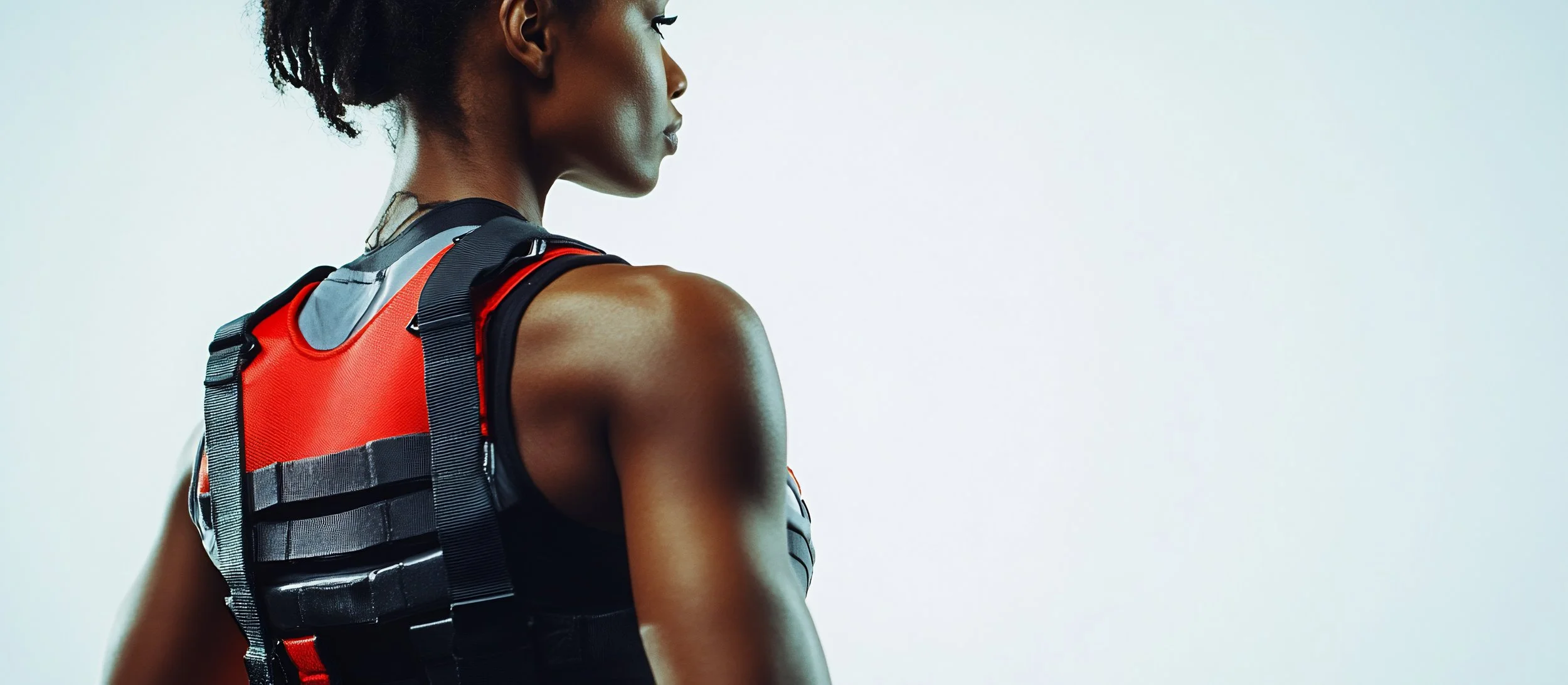Weighted Vests: A Physical Therapist's Perspective on Bone Health Benefits
If you're considering adding a weighted vest to your exercise routine, you might be wondering whether it's a helpful tool or potentially harmful. The good news is that research shows weighted vests can be beneficial for bone health—when used correctly.
The Science Behind Weighted Vests and Bone Density
Recent research indicates that weighted vests, especially when combined with high-impact weight-bearing and resistance exercises, can help improve or maintain bone mineral density (BMD). This is particularly encouraging news for postmenopausal women and older adults who face increased risk of bone loss.
The mechanism is straightforward: adding extra weight during exercise increases the load on your skeletal system. This mechanical stress stimulates osteoblasts—the cells responsible for building new bone—while decreasing the activity of cells that break down bone tissue.
Key Research Findings
Several studies highlight the potential benefits of weighted vest training:
A five-year study from Oregon State University followed postmenopausal women who performed weighted vest exercises combined with jumping movements. The results were impressive: participants maintained or even increased their hip bone density, while the control group experienced bone loss.
For those concerned about bone loss during weight loss programs, a 2017 pilot study offers hope. Older adults who wore weighted vests during a weight-loss intervention experienced smaller decreases in hip bone density compared to those who didn't use vests.
Important Considerations for Safe Use
While the research is promising, it's crucial to understand that simply walking with a weighted vest may not provide significant bone benefits. The key is combining the vest with high-impact activities like jumping or resistance exercises such as squats and lunges to create sufficient stimulus for bone adaptation.
For individuals with osteoarthritis or those new to exercise, a slow and gradual introduction is essential. Starting too aggressively could increase the risk of pain or injury. This is especially important if you have existing joint issues or haven't been regularly active.
Our Professional Recommendation
Before starting a weighted vest program, consider consulting with a physical therapist. We can assess your current physical condition, identify any mechanical issues that need addressing, and design a safe, progressive program tailored to your specific needs and goals.
A physical therapist can help ensure you're using proper form, selecting appropriate exercises, and progressing at a pace that challenges your bones while protecting your joints. This professional guidance is particularly valuable if you have pre-existing conditions or concerns about starting a new exercise regimen.
Remember, while weighted vests show promise for bone health, they're just one tool in a comprehensive approach to maintaining strong bones throughout life. Combined with proper nutrition, regular exercise, and professional guidance, they can be a valuable addition to your bone health strategy.
Ready to explore whether weighted vest training is right for you? Contact our clinic today to schedule an assessment with one of our experienced physical therapists.
References
Snow CM, Shaw JM, Winters KM, Witzke KA. Long-term exercise using weighted vests prevents hip bone loss in postmenopausal women. J Gerontol A Biol Sci Med Sci. 2000;55(9):M489-91.
Hamaguchi K, Kurihara T, Fujimoto M, et al. The effects of low-repetition and light-load power training on bone mineral density in postmenopausal women with sarcopenia: a pilot study. BMC Geriatr. 2017;17(1):102.
Roghani T, Torkaman G, Movasseghe S, Hedayati M, Goosheh B, Bayat N. Effects of short-term aerobic exercise with and without external loading on bone metabolism and balance in postmenopausal women with osteoporosis. Rheumatol Int. 2013;33(2):291-8.
Jessup JV, Horne C, Vishen RK, Wheeler D. Effects of exercise on bone density, balance, and self-efficacy in older women. Biol Res Nurs. 2003;4(3):171-80.

